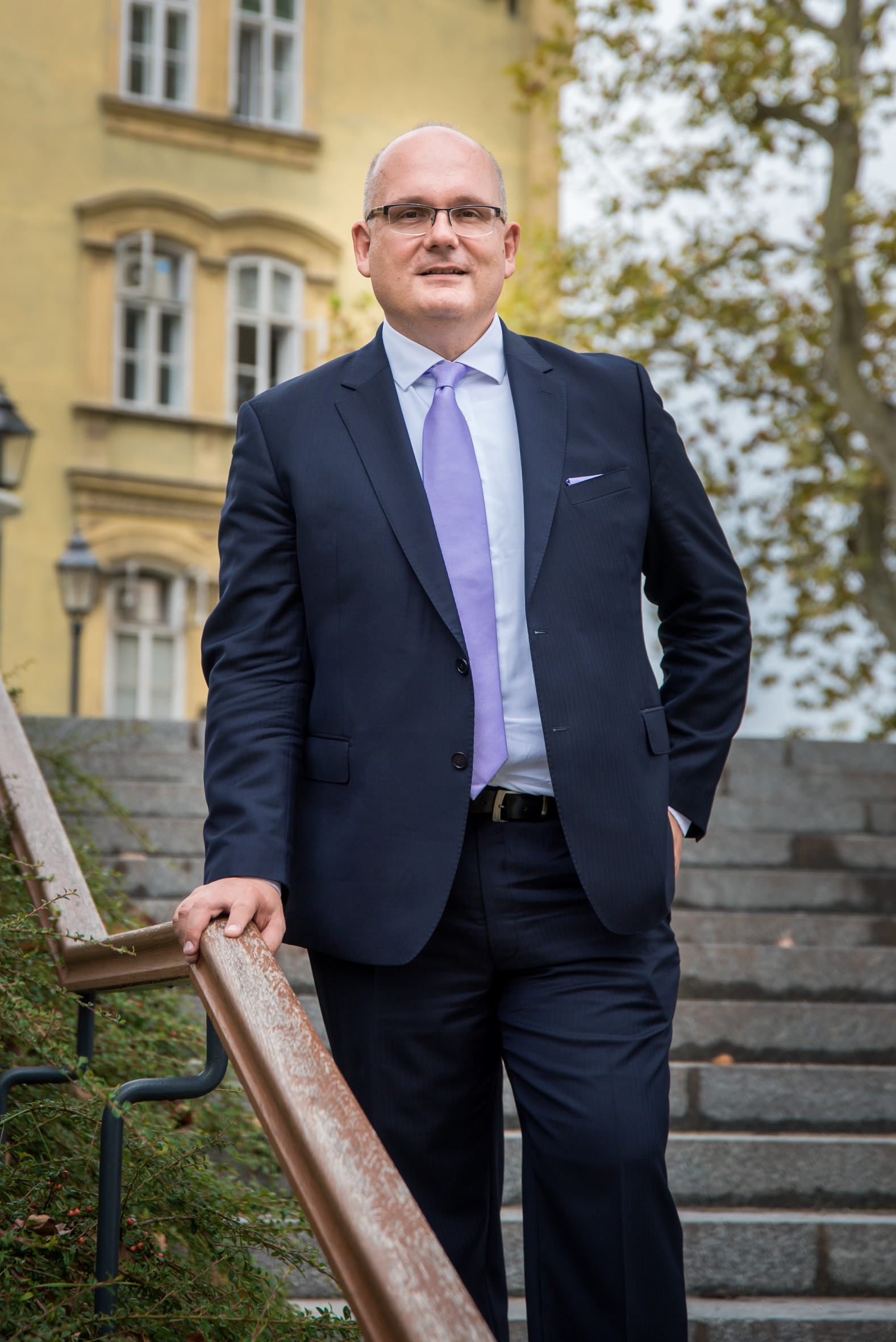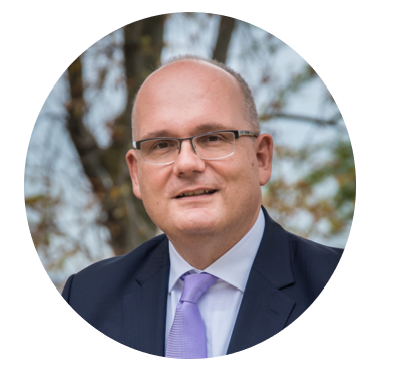Julije Domac on the Journal Général de l’Europe!

A green deal that works for the people, the economy and the planet: thoughts from a local perspective.
As President of a federation of regions and energy agencies, I followed the designation process and hearings of future Commissioners with both hope and concern. Hope that the new proposed commissioners will fully and truly embrace their President’s announced Climate & Energy Commitments; concern that these commitments could turn into empty promises, lacking in concrete proposals for implementation measures. Moreover, although it is too early to decide whether hope or concern should prevail, several positive conclusions can nevertheless be drawn.
“Implementing [the Green Deal] deal will not happen without the engagement of local and regional authorities, which also implies their inclusion in [its] design.“
Mr Julije DOMAC, President of the Federation of Regions and Energy Agencies (Fedarene)
The increase of ambition in the EU’s climate targets is the correct signal that we were all expecting. Ms Von der Leyen committed to raising the 2030 targets by at least 50% of greenhouse gas reduction compared to the 1990 levels (the current target agreed by EU Member States being 40%) and to enshrine the 2050 climate-neutrality target into legislation, with the aim of making Europe the world’s first climate-neutral continent. These new efforts to reduce Europe’s carbon footprint make me think the new President-elect did listen to the IPCC’s call for urgent climate action, as well as to the thousands of young people urging leaders to act for the Climate. In this last year, FEDARENE joined the young strikers in the streets of Europe’s cities and met with some of its local leaders to offer our support in any way possible.
For all the stakeholders across the EU who have been pushing for more energy efficiency and renewables for years in order to drive the energy transition, the announcement of a European Green Deal is music to the ears. Reaching this deal and actually respecting it will require an unprecedented cross-institutional effort, forcing dialogue between the various Directorate Generals, especially for the Agriculture, Climate, Cohesion, Energy and Environment policy fields. This should also allow for a joint and consistent approach to Climate issues.
These integrated approaches are strongly promoted by regions and energy agencies who are developing integrated planning tools and processes blending climate mitigation and adaptation measures. The Covenant of Mayors’ signatories have additionally commenced updating their sustainable energy action plans with the incorporation of “adaptation” measures. Prospects for utilising “integrated territorial investments” related to structural funds are also being explored in many regions in Europe for more integrated projects. The move of the clean energy transition coordination and support actions from Horizon to the LIFE programme is similarly a step towards having more holistic funding programmes that encompass environment, climate and energy together.
A cross-sector mobilisation is undoubtedly indispensable if we are to reach carbon neutrality by 2050. To quote Ms Von der Leyen, in her Mission Letter to Mr. Timmermans: “To make a real step change, we must look at everything from how we use and produce energy, unlock private investment and support new clean technologies, all the way through to the transport we use, the food we eat and the packaging we throw away.” Mr. Timmermans indeed promised to the Members of the European Parliament a transversal and comprehensive Green Deal that will make the societal transformation happen and leave nobody behind and nothing aside: the poor, the rich, the industry, the lands and farms, the air we breathe, the tax we pay… all policy dimensions will be examined and taken into account.
Implementing this deal will not happen without the engagement of local and regional authorities,  which also implies their inclusion in the design of the Green Deal. Mr. Timmermans is aware of this fact as since in his opening statement, he highlights the role that regional and local authorities play in carrying out large renovation projects and renewable energy installations. He moves on to announcing the setting up of a European Climate Pact that according to his mission letter aims at “bringing together regions, local communities, civil society, industry and schools” in order to trigger a change in behaviour across our society.
which also implies their inclusion in the design of the Green Deal. Mr. Timmermans is aware of this fact as since in his opening statement, he highlights the role that regional and local authorities play in carrying out large renovation projects and renewable energy installations. He moves on to announcing the setting up of a European Climate Pact that according to his mission letter aims at “bringing together regions, local communities, civil society, industry and schools” in order to trigger a change in behaviour across our society.
This pact sounds very similar to the “Multilevel Climate and Energy Dialogue” that Member States are required to establish in accordance to the Energy Union and Climate Action Governance Regulation. This dialogue has been gravely ignored in the development of the current National Integrated Energy and Climate Plans. We hope this pact will bring some vitality to this provision and actually lead to more co-designed energy policies and programmes that truly take into account the contributions and greater ambitions of cities and regions. Regions and cities see today how the energy transition brings vitality to their communities. Their local/regional energy agencies are critical enablers to stimulate local economic development, foster employment, create demand and supply for energy efficiency services and products, implement and upscale renewable energy projects, develop adaptation strategies, alleviate energy poverty, improve air quality and truly inform and empower citizens and community initiatives.
2020-2030 will be a decade of crucial importance if the EU is to reach net-zero greenhouse gas emissions by 2050. Achieving it will require considerable additional investments in the EU’s energy system and related infrastructure compared to today’s baseline, in the range of EUR 175 to 290 billion a year . To cover the financial costs of the new Climate agenda, two main proposals were put forward. Firstly, a Sustainable Europe Investment Plan (SEIP) that should unlock €1 trillion of climate-related investments over the next decade. Secondly, to help realize the SEIP, the European Investment Bank (EIB) would be turned into a Climate Bank and increase its share of climate investments from 25 to 50%. From initial comments received, we have learnt that the SEIP will consist of a blend of public and private money and from many different income streams: existing EU funds, new investments mobilised via the EIB and InvestEU, other contributions from the EU budget, from Member States and National Promotional Banks…
This Sustainable Europe Investment Plan holds the promise of bringing “fresh” money for sustainable projects in Europe. Such a promise can trigger enthusiasm as well as questions for local and regional energy agencies. One of their main occupations is the design and implementation of energy efficiency and sustainable energy projects, which are often heavily financed by EU funded programmes. Small structures like local and regional energy agencies are thus heavily dependent on European funds, and this new plan could open new perspectives for their future. Whether local and regional authorities and energy agencies will be able to benefit from the plan remains to be seen.
The Sustainable Europe Investment plan might yet succeed where the European Fund for Strategic Investment (EFSI, also known as the “Juncker Plan”) has failed, particularly when it comes to convincing of its capacity to mobilise investment in the decarbonisation of the energy sector. This new plan must refuse any and all investments in fossil fuel infrastructure projects. Market uptake of clean energy solutions should be the main focus here. Europeans may already reap the benefits of clean energy research if proper support is provided to local and regional market facilitators. Support programmes must enable the up-scaling, aggregation and replication of existing successful energy efficiency and renewable projects across Europe.
FEDARENE will keep striving for recognition of the work led by local and regional actors for Energy Transition. Since 1990, we have been showcasing the achievements of regions and municipalities and their energy agencies in renewables, energy efficiency, environment, the circular economy, sustainable finance, capacity-building activities for public authorities, awareness-raising… Now that the new EU Commission leaders seem convinced about the need to massively invest in the green economy, we have to show them that cities, regions and energy agencies have been front-runners in taking action, and that they are already leading the transition on the ground. We will show them that energy agencies are some of their strongest allies when looking to achieve their objectives. The Commissioner-designate for Energy Ms. Kadri Simson promised a large impact assessment analysis to determine how best to achieve the new targets. Logic suggests that in the first days of designing the Green Deal, consultation with key partners and stakeholders will take place and we must ensure that local and regional actors are very much included.
Notwithstanding the concerns expressed and with pragmatic hope, Europe’s regions, local authorities, islands and energy agencies look forward to cooperating with Ms Von der Leyen and her team to address the ambitious Climate & Energy challenges that lie ahead.
1- European Parliament resolution of 14 March 2019 on climate change – a European strategic long-term vision for a prosperous, modern, competitive and climate neutral economy in accordance with the Paris Agreement.
The post Julije Domac on the Journal Général de l’Europe! appeared first on Fedarene.
Fuente: FEDARENE
Enlace a la noticia: Julije Domac on the Journal Général de l’Europe!


